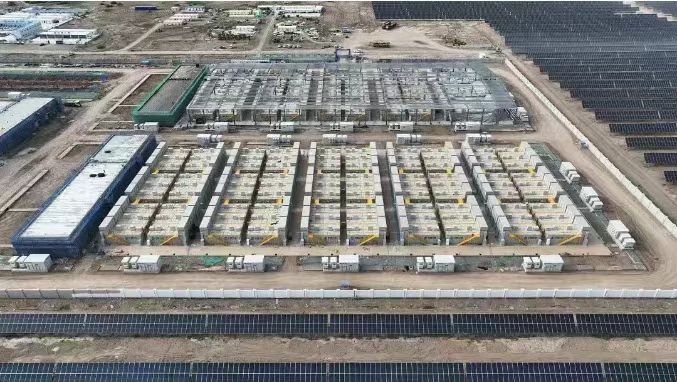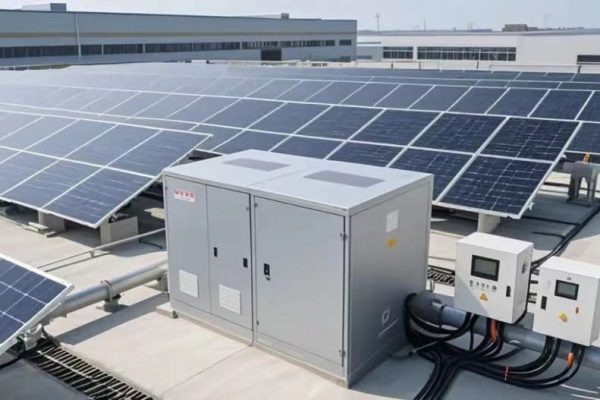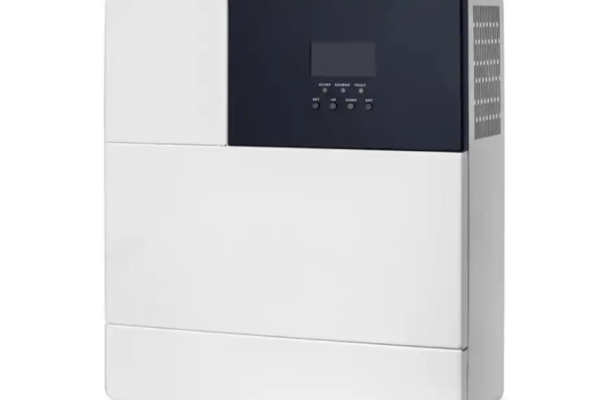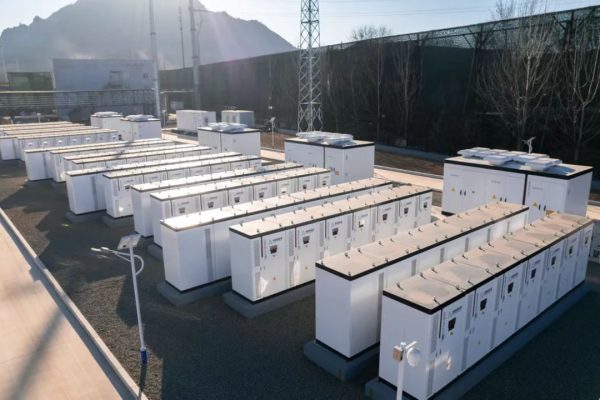Why Smart MPPT Design Matters in Every PV + Storage Installation
Why MPPT Still Deserves Attention
In a world full of smart inverters, lithium batteries, and cloud monitoring, it’s easy to overlook the core engine of PV performance:
🎯 MPPT (Maximum Power Point Tracking)
No matter how advanced your hybrid inverter is, if the MPPT algorithm is weak or inflexible, your system leaves power on the table — every day.
This article explains:
- What MPPT is
- Why it’s essential in hybrid inverters
- What specs and features to look for
- How MPPT affects yield in real installations
⚡ What Is MPPT?
MPPT stands for Maximum Power Point Tracking — a DC-DC algorithm that adjusts the voltage and current from your solar panels to deliver:
✅ The maximum possible power output under given conditions
Why does it matter?
- PV modules operate best at a specific voltage depending on sun, temperature, and shading
- MPPT constantly adapts to find that voltage in real time
- Without it, you may lose 10–30% of generation daily
📉 No MPPT = significant underperformance, especially on cloudy or variable-light days
🔋 Why MPPT Is Even More Important in Hybrid Systems
In hybrid inverters (PV + storage + grid), MPPT must deal with more variables:
- Varying PV input from different string orientations
- Battery charging thresholds
- Export limits or load shifting
- Grid synchronization requirements
A weak MPPT system means:
- PV isn’t harvested at full potential
- Battery takes longer to charge
- AC output relies more on grid or genset
- Overall ROI decreases
🧠 MPPT is not just “solar optimization” — it impacts entire system performance.
🔍 Key MPPT Features to Evaluate in Hybrid Inverters
| Feature | Why It Matters |
|---|---|
| Number of MPPTs | Multiple trackers allow for mixed panel orientations (e.g., east + west roofs) |
| MPPT Voltage Range | Wider range = better performance in low light or high temperatures |
| Start Voltage | Lower start voltage = earlier system activation in the morning |
| Tracking Efficiency | Should be 99.5%+; low-grade MPPTs hover around 96–98% |
| Max Input Current | Must match modern high-current PV panels |
| Per-MPPT Current Limit | Check per-channel ratings — not just system-wide input |
| Independent MPPT Control | Essential for dynamic shading, partial system loads |
🏠 Example: Residential Rooftop, 2 Arrays
Let’s say your client has:
- A 10 kW system
- With 5 kW east-facing panels, and 5 kW west-facing
- Using a hybrid inverter with 1 MPPT channel only
Problem: In the morning, only half the array is producing optimally — but the single MPPT sees both strings at once.
Result: Misaligned voltages = suboptimal power = losses up to 20–25% during the day.
✅ Solution: A hybrid inverter with 2 independent MPPTs lets each string perform on its own curve.
📈 Real-World Yield Impact
According to field tests in diverse climates:
| Condition | Poor MPPT Design | Good MPPT Design |
|---|---|---|
| Early morning / late evening | System may not start or shut down early | Produces for 1–2 extra hours |
| Partial shading (tree, chimney) | Entire string underperforms | Only affected string adjusts |
| Mixed PV types (different Vmp) | Voltage mismatch = losses | Each MPPT adapts independently |
| Hot climates | Fixed V tracking = power drops | MPPT follows changing Vmax for heat |
💰 Over a year, smart MPPT can increase usable solar energy by 6–15%, which translates directly into higher battery charge and lower grid dependence.
🧪 MPPT in Lab vs. Field
Beware of MPPT performance specs taken only in lab conditions.
In real-world deployments, the best MPPT designs:
- React quickly to fast irradiance shifts (e.g., cloud edge effect)
- Maintain stable output under load changes
- Work across broad temperature and voltage environments
⚠️ Some low-cost hybrid inverters show high MPPT efficiency on paper, but fail under fast-changing or shaded conditions.
🔋 MPPT’s Role in Battery Charging Strategy
A well-integrated MPPT also:
- Delivers stable DC power to the battery
- Helps reduce battery wear by avoiding rapid voltage swings
- Enables time-based charging control (e.g., charging faster in the afternoon when solar is strongest)
This is essential in regions with:
- Time-of-use tariffs
- Load shedding schedules
- Grid instability
🌐 MPPT and Firmware
Modern hybrid inverters use firmware to:
- Optimize MPPT algorithm updates
- Enable dynamic MPPT switching based on load/forecast
- Log string-level performance for diagnostics
✅ Look for inverters that support remote MPPT firmware upgrades, especially if you ship to regions with seasonal or unpredictable weather.
📦 MPPT Considerations for Export Markets
| Market | MPPT Challenge |
|---|---|
| Southeast Asia | Hot rooftops → higher V stress |
| Sub-Saharan Africa | Mixed module brands = voltage mismatch |
| EU (Italy, Spain) | Complex rooftops = need for 2–4 MPPTs |
| Australia | High current bifacial panels = MPPT current limits hit |
| Latin America | Variable grid → MPPT must compensate more actively |
MPPT Is a Small Feature with Big Impact
Your inverter’s MPPT system is not a marketing afterthought — it’s the heart of your solar harvest.
Whether you’re an installer, OEM, or exporter:
💡 Choosing the right hybrid inverter with smart, flexible, and fast MPPT means higher yield, happier clients, and better system longevity.









